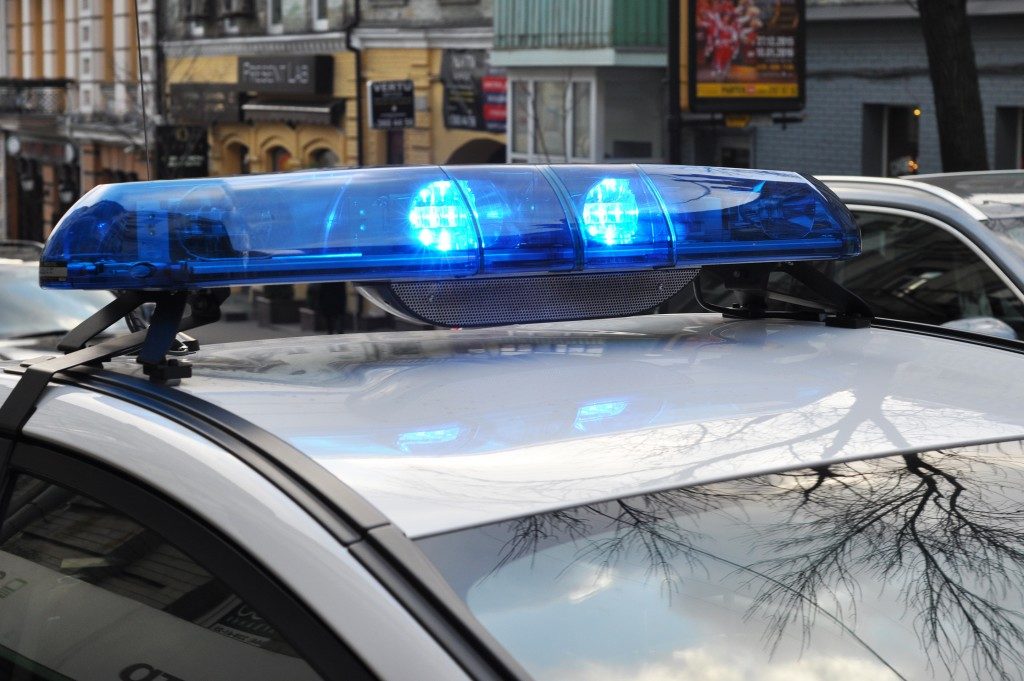Red, blue, and white are the typical colors used to indicate the presence of emergency vehicles. While rescue vehicles off-road use bright white light, on-road emergency vehicles have become mostly red or blue.
Red and blue lighting are one of the most common colors used to create lights for emergency response vehicles. Although these vehicles have traditionally used lighting to alert passersby, the practice of standardizing light alerts did not emerge until the 1970s. American police vehicles have more or less accepted red and blue as a standard light color for emergency and police vehicles, while other countries use one or the other.
While on- and off-road emergency LED lights have traditionally been white to maximize visibility in nighttime emergencies, the familiar strobe lights of emergency and law enforcement vehicles typically bear the familiar red and blue.
A Longstanding Legacy
Greater visibility, however, may not be the only factor at play in the pervasiveness of red and blue as a color scheme of choice for emergencies.
Reds and blues being associated with warnings are older than civilization. The combination of red and blue is common in nature and has been part of a plethora of bright colors used by poisonous animals such as dart frogs to warn potential predators of their toxic nature.
The colors themselves have had warning connotations beforehand. The color red especially has been strongly associated with hazards and danger across several cultures. Culturally, red has been associated with blood and fire, with all that the two imply—danger, conflict, and valor. Blue, meanwhile, is commonly seen in the water and the sky and thus is associated with coolness or the lack of warmth.
Psychological Background
There are plenty of reasons to suggest that our perception of color affects our mood and vice versa. The study of the psychology of color has observed that colors are frequently tied to specific emotions. Blue, for instance, is tied to tranquility.
Anecdotal evidence indicates that the presence of ambient blue street lighting in public areas has been found to reduce instances of crime and prevent suicides. Cities such as Nara and Yokohama in Japan and Glasgow in Scotland have reported similar incidences in places with blue lighting. Studies do indicate that blue is a more pleasant color for many people, and the effectiveness of blue mood lighting in relieving the effects of seasonal affective disorder have also been noted in psychological literature.
Red, meanwhile, is a color of action, the inverse of blue’s focus on serenity. True to its longstanding cultural ties with passion and aggression. One study points out that a preference for red is common among competitive athletes and is heavily indicative of high levels of testosterone.
In Tandem on the Road

Over the years, red and blue have become a familiar tandem for American motorists, and people gradually have come to accept their presence in the road as warnings. Unlike off-road emergencies, which may require the massive light output of white lamps to ensure that the emergency areas would be as visible as possible for bystanders, emergency vehicles on roads must balance the need for visibility with considerations for other motorists.
The common consensus that standardized red and blue did not go unsupported by studies. Researchers have found that red and blue strobe lights were more visible both day and night and at a further distance compared with lights that were amber colored. They are also sufficiently different from their counterparts and are thus more readily seen.
